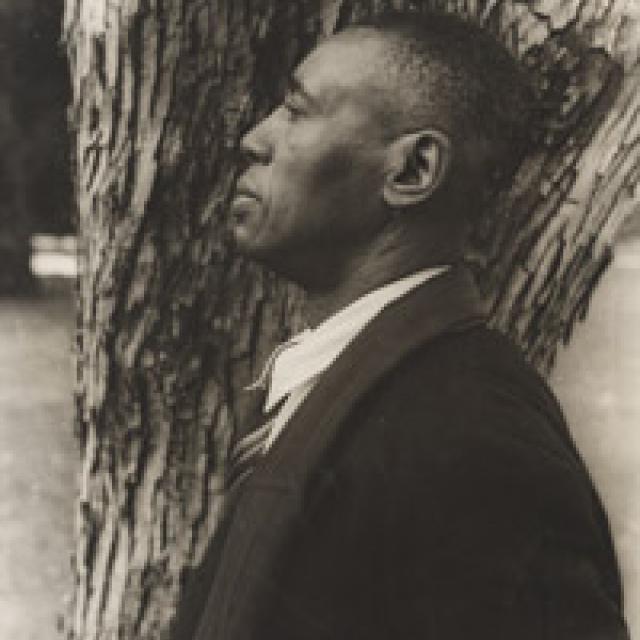
Horace Pippin
Explore Selected Works
Artwork

Bibliography
1947
Rodman, Selden. Horace Pippin: A Negro Painter in America. New York, 1947.
1993
Stein, Judith. I Tell My Heart: The Art of Horace Pippin. Exh. cat. Pennsylvania Academy of the FIne Arts, Philadelphia; Art Institute of Chicago; Cincinnati Art Museum; Baltimore Museum of Art; The Metropolitan Museum of Art, New York. New York, 1993.
2015
Bernier, Celeste-Marie. Suffering and Sunset: World War I in the Art and Life of Horace Pippin. Philadelphia, 2015.
Lewis, Audrey M., ed. Horace Pippin: The Way I See It. Exh. cat. Brandywine River Museum of Art, Chadds Ford. New York, 2015.


